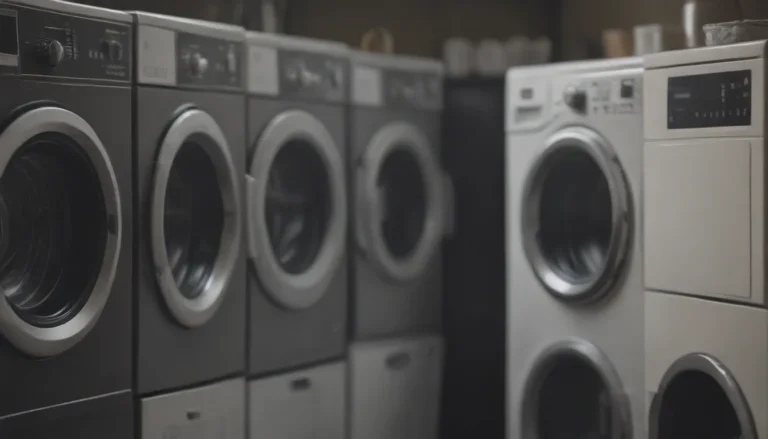Ultrasonic Pest Repellers: The Ultimate Guide

Pest control can be a headache for many homeowners, with a multitude of methods available, each with its own pros and cons. One innovative solution that has gained popularity in recent years is the ultrasonic pest repeller. These devices are touted as a chemical-free and violence-free way to rid your home of unwanted pests. But do ultrasonic pest repellers really work? Let’s delve into what the experts have to say about these devices and whether they are a viable option for your pest control needs.
Understanding Ultrasonic Pest Repellers
An ultrasonic pest repeller is an electronic device that emits high-pitched sound waves. While humans are unable to hear these sounds, household pests like rodents and insects are sensitive to them and can be either repelled, incapacitated, or even killed by the noise. These devices are commonly plugged into an electrical outlet, but there are also battery-powered options that can be placed anywhere in your home.
What Pests Can Ultrasonic Pest Repellers Target?
Ultrasonic pest repellers are designed to target pests that have the ability to hear ultrasonic sound waves. These include:
- Mice
- Rats
- Cockroaches
- Spiders
- Ants
- And more
Do Ultrasonic Pest Repellers Actually Work?
While ultrasonic pest repellers may seem like a convenient solution to pest problems, experts caution against relying solely on these devices. According to Liakopoulos, an experienced pest control expert, “From my experience, ultrasonic repellents aren’t enough when you’re dealing with an infestation. They’re best used in combination with other pest control methods such as blocking entry points, removing food sources, and maintaining cleanliness.”
Despite being marketed as an easy DIY pest control solution, the effectiveness of ultrasonic pest repellers lacks solid scientific evidence. Bossel notes that results can vary from pest to pest, with some being more affected by the devices than others. Additionally, most pests will eventually become accustomed to the sound, rendering the devices ineffective in the long run.
Are Ultrasonic Pest Repellers Safe and Reliable?
In terms of safety, ultrasonic pest repellers are generally considered safe for pets as the high-frequency sounds they emit are beyond the range of human hearing. However, some sensitive animals may find the sound bothersome, so it’s essential to monitor your pets’ reactions to the device’s frequencies.
Reliability can be an issue for ultrasonic repellers, as factors such as room size, furniture placement, device placement, environmental conditions, and the type of pest can all impact their effectiveness. Johnson warns that devices exposed to the elements, such as outdoor installations, may struggle with reliability due to airborne debris like dust, rain, or snow that can weaken the ultrasonic emissions.
Factors That Affect Ultrasonic Pest Repellers
When using ultrasonic pest repellers, several factors can influence their efficiency:
- Room size
- Furniture placement
- Device placement
- Environmental conditions
- Type of pest
Alternatives to Ultrasonic Pest Repellers
While ultrasonic pest repellers can be a part of a comprehensive pest management strategy when combined with other methods, they should not be solely relied upon. Here are some alternative pest control methods recommended by experts:
- Pesticides (sprays, baits, powders)
- Snap traps
- Live traps
- Preventative measures
- Natural remedies
- Seeking professional pest control services
When it comes to pest control, it’s essential to implement a multifaceted approach to effectively manage and eliminate pest problems in your home. While ultrasonic pest repellers may have their place in your strategy, it’s crucial to combine them with other proven methods for optimal results. Experiment with various techniques and find what works best for your specific pest control needs.





